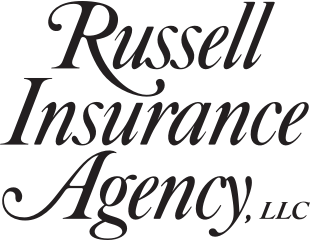Consumer-grade drones are invaluable for the insurance industry, particularly for examining roof damage. These flying
gadgets make inspecting hard-to-reach places easy, streamlining the underwriting process. Policyholders in the Northeast
should understand both the benefits and potential pitfalls of drone use in insurance underwriting.
How Drones Are Used in Underwriting
Drones capture detailed aerial images of properties, particularly roofs, to assess their condition. Roofs don’t last
forever: they’re subject to wear, eventually “age out” and need replacement. This technology can identify visible damage,
such as missing shingles, leaks and more. The main advantages include:
• Safety: Drones reduce accidents by eliminating the need for underwriters or contractors to climb onto roofs.
• Efficiency: Drones cover large areas quickly, providing high-resolution images that can be reviewed remotely,
speeding up the underwriting process.
Potential Concerns for Homeowners
While drones offer numerous benefits, there are some concerns:
• Cosmetic vs. structural damage: Drones may primarily capture surface-level issues. However, not all visible wear
affects the roof’s structural integrity. Assessments must differentiate between the two: purely cosmetic issues
shouldn’t justify policy changes.
• Blind spots: Drones might miss underlying problems not visible from the air, potentially affecting coverage.
They should not be relied on to be the sole source of assessing a roof.
• Privacy: Some homeowners may feel uncomfortable with drones flying over their property. Ensuring privacy is
respected is important.
What Can You Do?
• Understand your coverage: Familiarize yourself with your homeowners insurance policy, particularly regarding
roof damage.
• Request comprehensive inspections: If concerned that a drone inspection might miss critical issues, ask for a follow-up
physical inspection or provide a report from a licensed home improvement contractor.
• Document your roof’s condition: Regularly take photos and keep records of your roof ’s. This documentation can
resolve potential disputes with your insurance company.
• Communicate with your insurance agent: If you receive a notice about potential policy nonrenewal due to roof conditions
provide additional documentation and contact us.
Drones are transforming the way insurance companies assess properties, making the process faster and safer.
However, as a homeowner, staying informed and proactive can help ensure this technology works in your favor. If
you have questions about how drone use in underwriting impacts you, give our agency a call. We can help you navigate
these changes and keep you informed about insurance developments.

